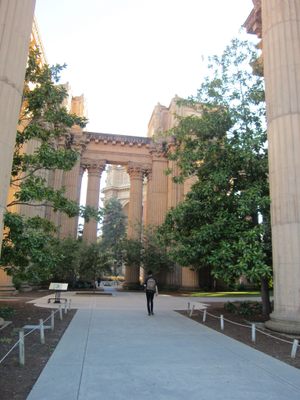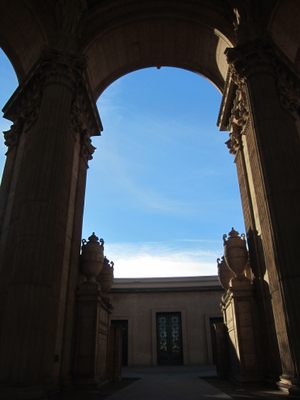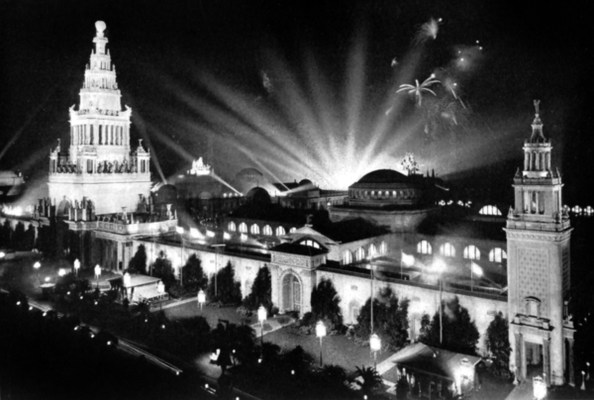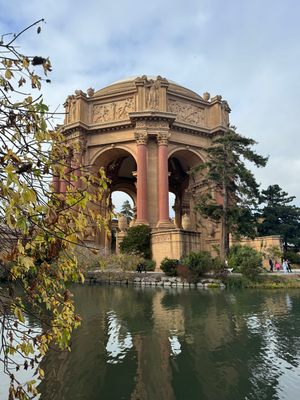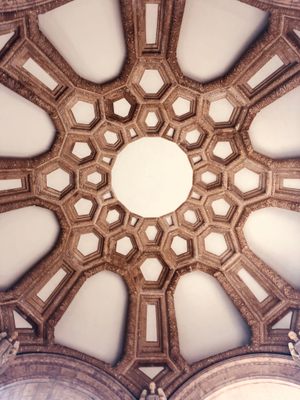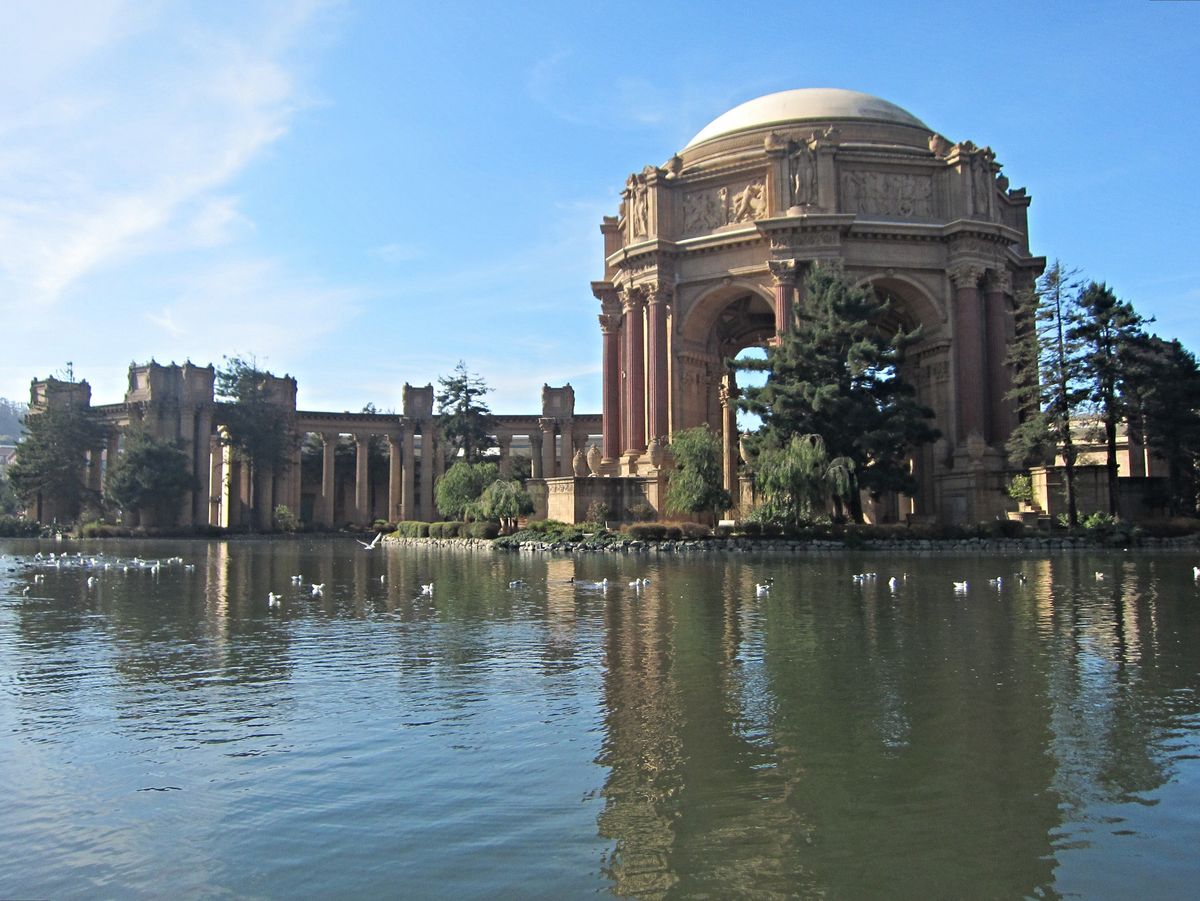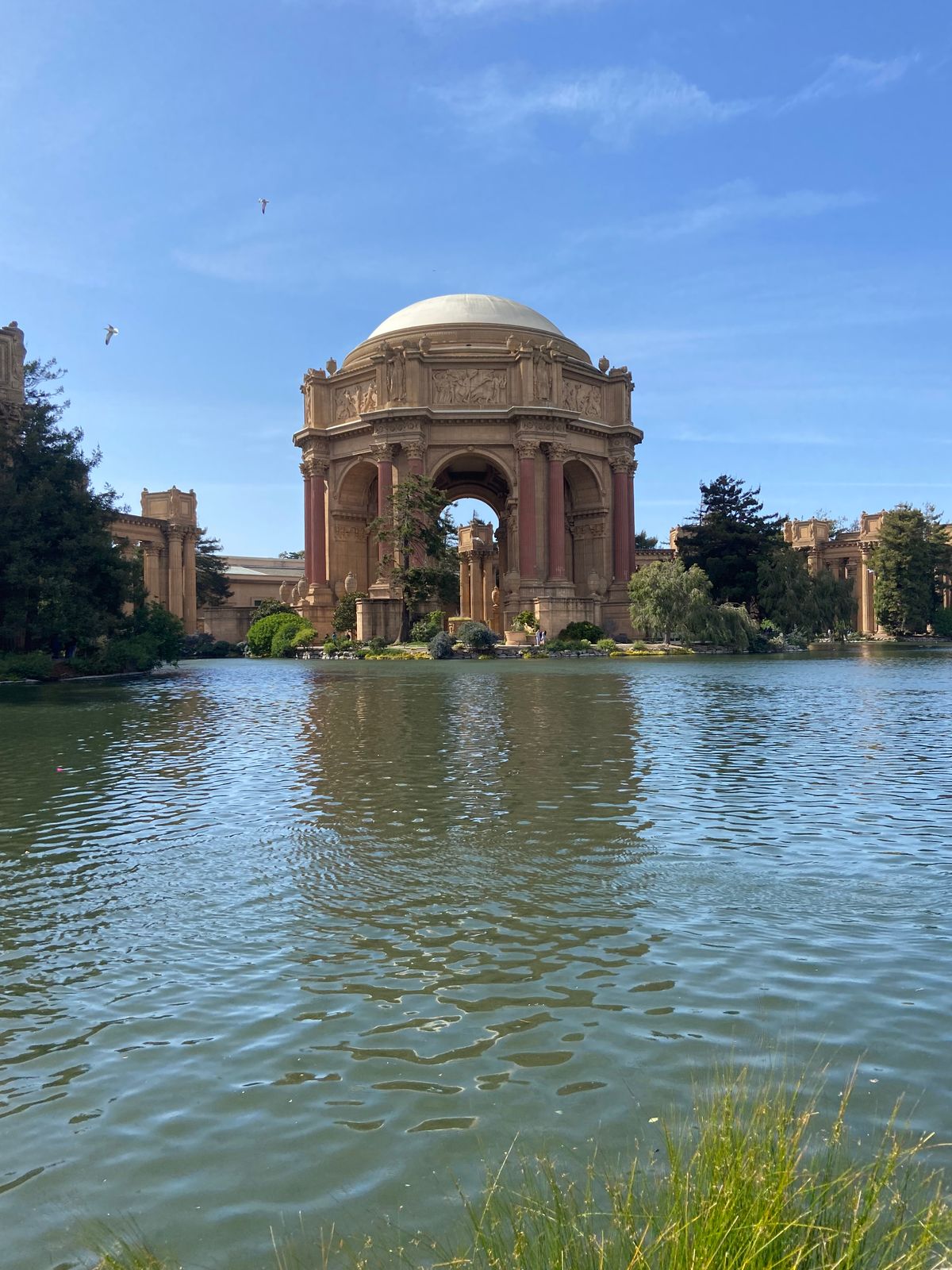About
In 1906, San Francisco was rocked by an earthquake, then nearly destroyed by fires which burned most of the financial district, downtown, civic center, and south of Market areas to the ground.
Over the course of the next six years, San Francisco rose from the ashes, building new land out of the debris — now known as the Marina or Cow Hollow — and were ready to face the world victorious in 1915. On February 20th, hosted on grounds created from earthquake rubble, the Panama Pacific Expedition opened to celebrate not only the rise of the city, but the completion of the Panama Canal.
The Pan-Pacific Exposition, as it came to be called, was a triumph of temporary design, with gardens and fountains and massive classically-inspired buildings rising on the waterfront. The magnificent centerpiece of the exposition was known as the "Tower of Jewels" which glittered over the crowds from a height of 435 feet. Exhibits included all manner of arts and technology, from a telephone that could call New York City and a historic steam locomotive from the city's early days of rail, to a model of the Panama Canal.
Of the glittering city that was built for the great fair, only one building remains in San Francisco: Bernard Maybeck's classically-inspired Palace of Fine Arts. Although saved from the destruction of the rest of the fair, the building as we see it now is not the same one that stood here in 1915. The original building was constructed using temporary materials and techniques, only designed to last the duration of the fair. In 1964, the entire structure was rebuilt.
Other buildings were rescued and removed to other cities, and a few exist to this day with new lives elsewhere. Today, in the reflecting ponds where ladies once performed synchronized swimming, swans, ducks, and turtles now reign.
Related Tags
Community Contributors
Added By
Published
July 9, 2013

